Pharmaceutical Raw Materials Pregabalin Intermediate Treats Epilepsy 148553-50-8 With Safe Pass
CASO: 148553-50-8
MF: C8H17NO2
MW: 159.23
Ensayo: 99%
Apariencia: Polvo de cristal blanco
Paquete: 25kg / carretera
Uso: Nuevos fármacos antiepilépticos. Utilizado en el tratamiento de la neuropatía periférica., or partial seizures
Pregabalin COA:
| ITEMS |
STANDARDS |
RESULTADOS |
| Apariencia |
A white to off white powder |
polvo blanco |
| Identificación |
A. Meets the requirement |
Cumple |
| B. Y: similar to Reference Substance |
Cumple |
| Pérdida por secado |
≤0,5% |
0.21% |
| Rotacion especifica |
+10.0°~+13.0° |
+10.8° |
| Sustancias relacionadas |
Any single impurity ≤0.1%
Total impurity ≤0.8% |
0.05%
0.10% |
| Purity By HPLC R-isomer |
≤0.15% |
0.10 |
| Residuos en ignición |
≤0.1% |
0.05% |
| Solventes residuales |
Isopropyl alcohol ≤5000ppm
Ethyl Acetate ≤5000ppm |
150ppm
250ppm |
| Metales pesados |
≤10 ppm |
Cumple |
| Chlorides |
≤0.05% |
Cumple |
| Ensayo |
98%~102,0% |
99.8% |
Pregabalin Usage:
Pregabalin is an anticonvulsant drug used for neuropathic pain, as an adjunct therapy for partial seizures, and in generalized anxiety disorder. It was designed as a more potent successor to gabapentin.
Pregabalin is an anticonvulsant drug used for neuropathic pain, as an adjunct therapy for partial seizures, and in generalized anxiety disorder. It was designed as a more potent successor to gabapentin. Pregabalin is marketed by Pfizer under the trade nam.
Treatment by Condition Related to pregabalin:
Additional Medication to Treat Partial Seizures Medications
Neuropathic Pain Medications
Nerve Pain from Spinal Cord Injury Medications
Nerve Pain after Herpes Medications
Disorder characterized by Stiff, Tender & Painful Muscles Medications
Recommended Local Anesthetics Drugs
| Base de lidocaína |
137-58-6 |
| clorhidrato de lidocaína |
73-78-9 |
| Benzocaine 20~50mesh |
94-09-7 |
| Benzocaine 200mesh |
94-09-7 |
| Benzocaine Hydrochloride |
23239-88-5 |
| metil testos terona |
59-46-1 |
| clorhidrato de procaína |
51-05-8 |
| Tetracaína |
94-24-6 |
| clorhidrato de tetracaína |
136-47-0 |
| prilocaína |
721-50-6 |
| Propitocaine Hydrochloride |
1786-81-8 |
| bupivacaína |
2180-92-9 |
| Bupivacaine Hydrochloride |
14252-80-3 |
| Pramoxine Hydrochloride |
637-58-1 |
| Dibucaine Hydrochloride |
61-12-1 |
| Articaine Hydrochloride |
23964-57-0 |
| Levobupivacaine Hydrochloride |
27262-48-2 |
| Ropivacaine Hydrochloride |
132112-35-7 |
| Proparacaine Hydrochloride |
5875-06-9 |
| Dyclonine Hydrochloride |
536-43-6 |
| Articaine |
23964-58-1 |
| Procainamide Hydrochloride |
614-39-1 |
| Xylazine hcl |
23076-35-9 |
| Xylazine |
7361-61-7 |
Antiepileptic Drus and Therapeutic Drugs for Neuropathic Pain:
Pregabalin is a new antiepileptic drug, having a γ-amino butyric acid structure on its molecular structure, which has anticonvulsant effects, and is successfully developed by the company Pfizer for the treatment of peripheral neuropathic pain, or adjuvant treatment of partial seizures.
In December 2008, la Administración de Alimentos y Medicamentos de EE.UU. (FDA) approved pregabalin (trade name “Lyrica”) for the treatment of diabetic peripheral neuropathic pain (DPN) and postherpetic neuralgia (PHN)which are Both the most common neuropathic pains.
Neuropathic pain is one of the most difficult chronic pain syndromes to treat , dull pain, burning, tingling as the main feature, there are a lot of incentives of neuralgia, diabetes, infections (such as herpes zoster), cancer and AIDS, etc.. can cause neurological pain, in Europe about 3% of the population suffer from neuralgia torture.






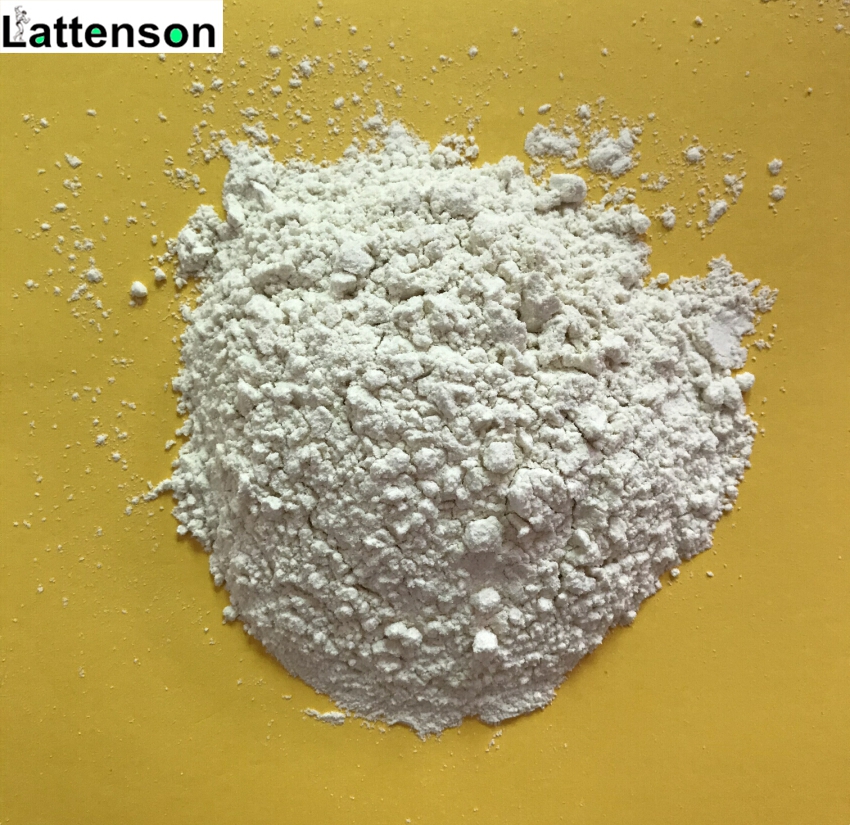
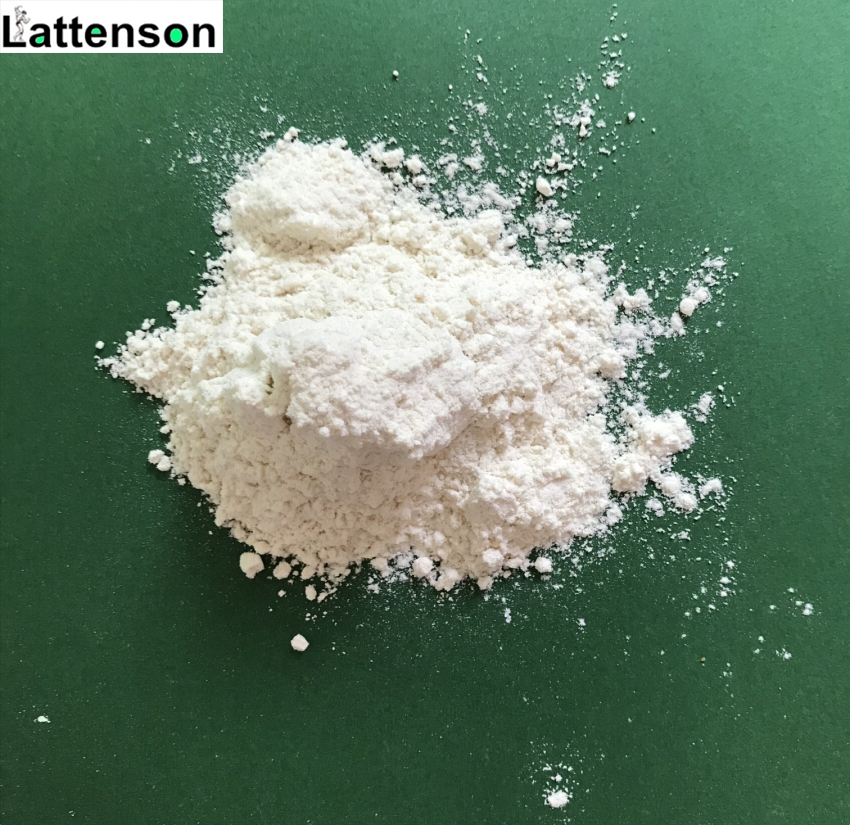
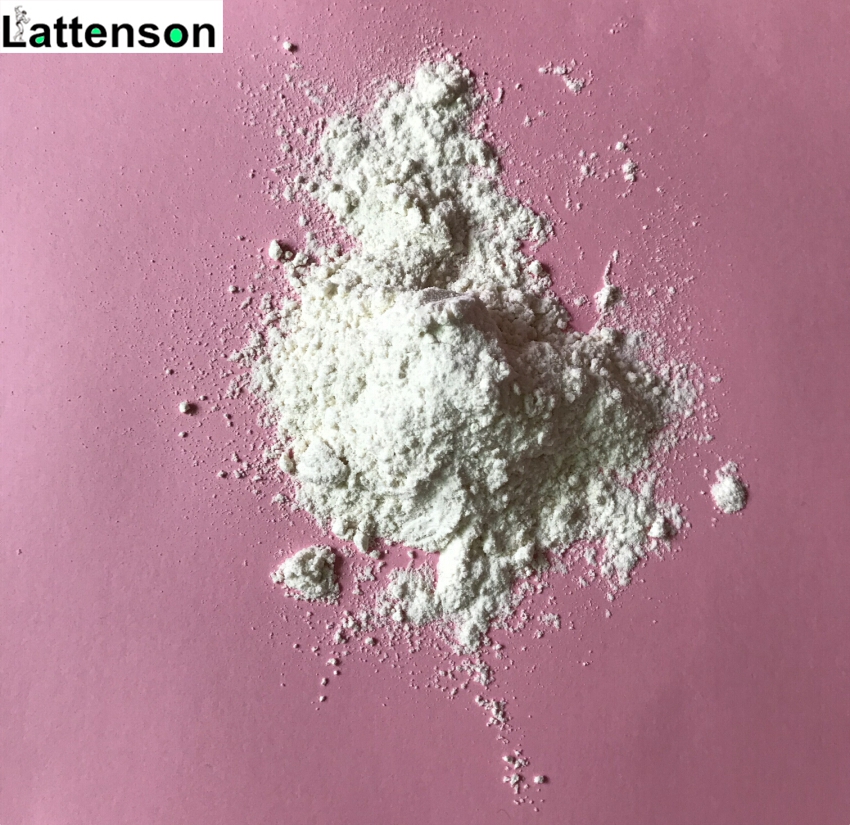
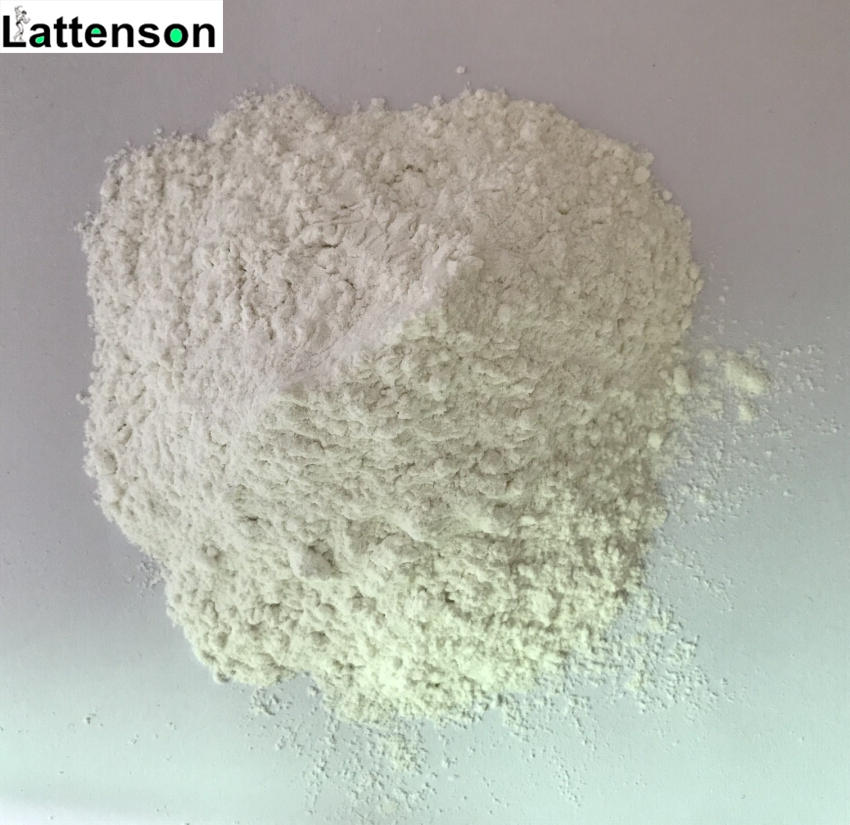
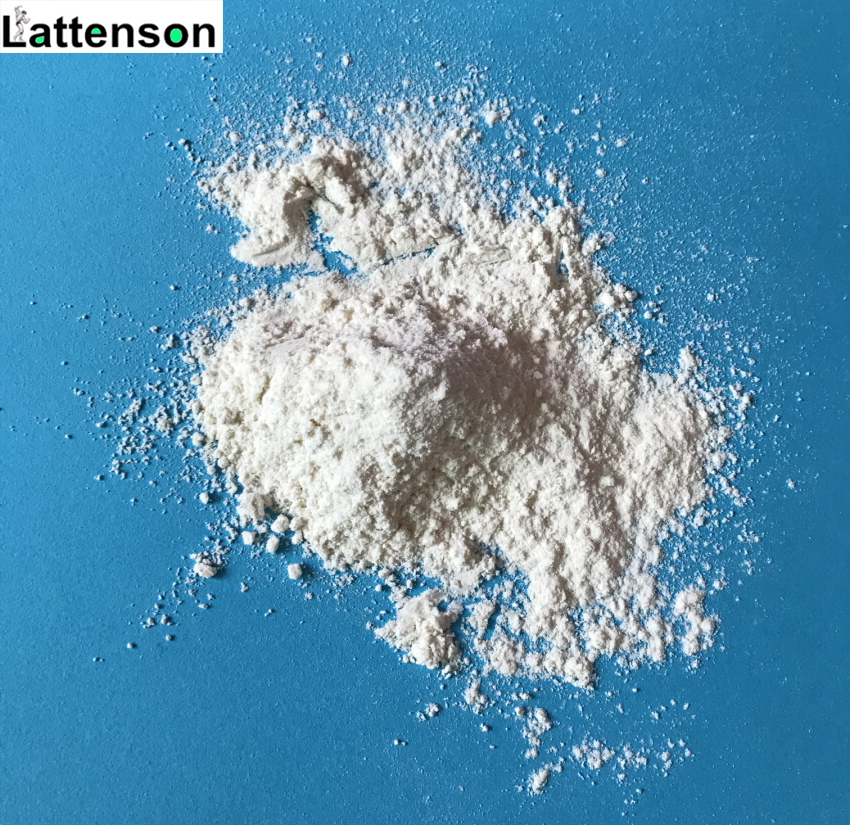



 Gerente de ventas
Gerente de ventas